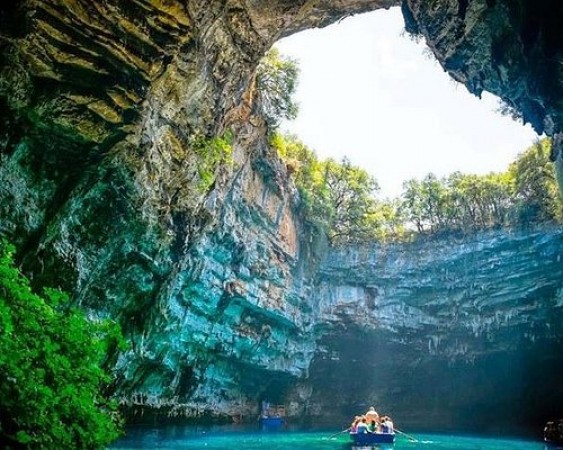
Phong Nha-Ke Bang National Park, located in central Vietnam, is a UNESCO World Heritage Site renowned for its awe-inspiring landscapes, ancient caves, and rich biodiversity. Nestled in the Quang Binh Province, the park spans an area of over 850 square kilometers, making it one of the most extensive protected areas in Vietnam. Its remarkable karst topography, pristine forests, and hidden underground wonders have earned it the reputation of being a natural wonder and a must-visit destination for travelers seeking adventure and exploration. Phong Nha-Ke Bang National Park stands as a testament to Vietnam's natural and cultural heritage. Its ancient karst landscapes, mysterious caves, and diverse wildlife create an enchanting setting for travelers seeking adventure and a deeper connection with nature. As tourism to the park continues to grow, responsible and sustainable practices become even more crucial to ensure this exceptional destination remains preserved for generations to come.
The park's most prominent feature is its breathtaking karst landscape, characterized by rugged limestone mountains, deep valleys, and winding rivers. The stunning Phong Nha and Ke Bang limestone formations date back over 400 million years, making them some of the oldest karst formations in Asia. The park is also home to over 300 caves and grottoes, many of which remain unexplored. Son Doong Cave, one of the park's most celebrated treasures, is the world's largest cave. Discovered in 1991 but not fully explored until 2009, Son Doong's vast chambers, underground rivers, and unique formations have captivated the imagination of adventurers worldwide. However, due to its delicate ecosystem, access to Son Doong is strictly regulated and can only be explored through organized tours. Phong Nha Cave and Paradise Cave are other popular attractions in the park, accessible to a broader range of visitors. Phong Nha Cave boasts a series of stunning stalactites and stalagmites formations, while Paradise Cave mesmerizes with its intricate patterns and colossal chambers.
Beyond its mesmerizing caves and karst landscapes, Phong Nha-Ke Bang National Park is a haven for biodiversity. The park's dense forests shelter an impressive array of plant and animal species, including many rare and endangered ones. From elusive langurs and macaques to the endemic Saola, or "Asian unicorn," the park's fauna captivates wildlife enthusiasts and conservationists alike. To protect its rich biodiversity and preserve its unique geological formations, the park has been designated as a UNESCO World Heritage Site since 2003. Conservation efforts aim to safeguard the park's ecosystems and promote sustainable tourism practices. Visitors are encouraged to follow designated trails and adhere to guidelines to minimize their impact on the delicate environment. Phong Nha-Ke Bang National Park has become a thriving destination for ecotourism and adventure enthusiasts. While its caves and landscapes attract explorers, the surrounding countryside offers opportunities for trekking, mountain biking, and river cruises. Adventurous souls can embark on guided tours, caving expeditions, and zip-lining experiences to discover the park's hidden gems. Beyond its natural wonders, Phong Nha-Ke Bang National Park provides an opportunity to engage with local communities and experience authentic Vietnamese culture. The park's vicinity is home to traditional villages where visitors can learn about local customs, enjoy delicious Vietnamese cuisine, and interact with the friendly residents.
Also read -Ultimate Travel Tips: Your Guide Before You Go
Eco-Tourism: A Journey of Conservation and Discovery
Pluckley Village: Unraveling the Mysteries of England's Most Haunted Village